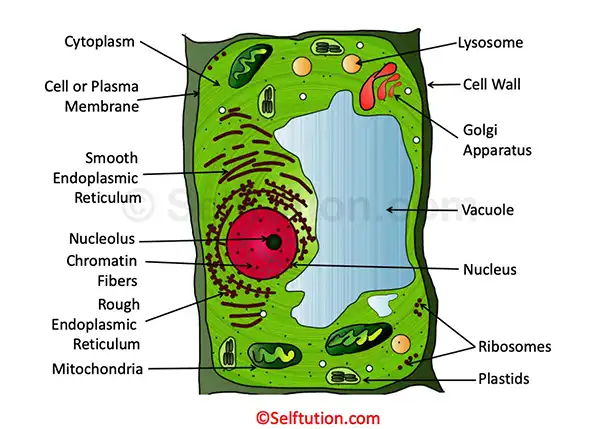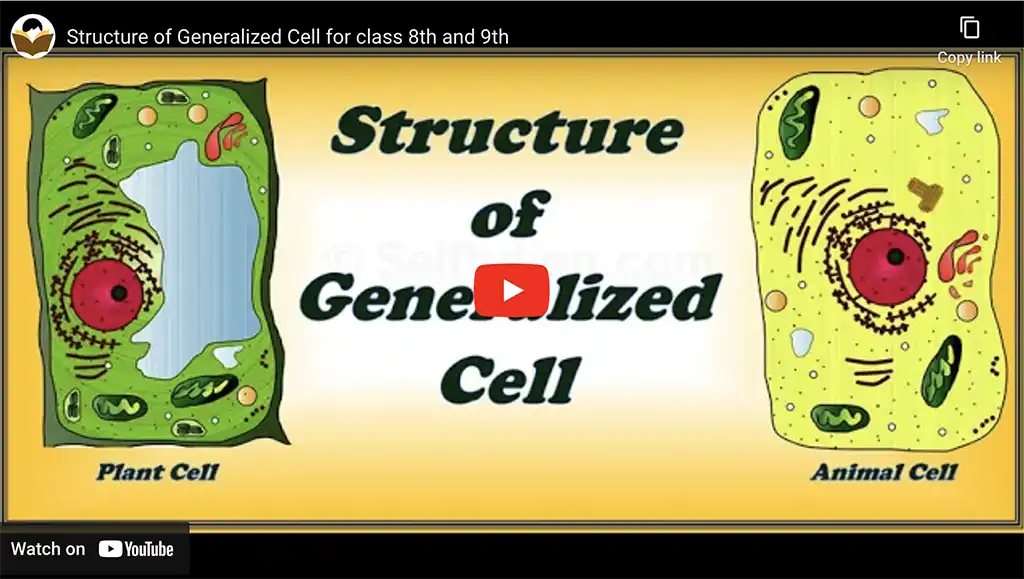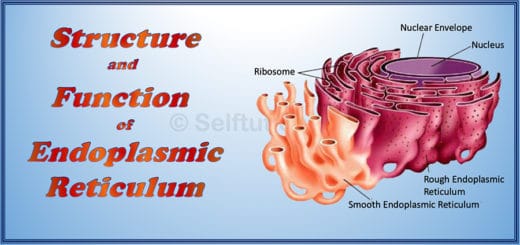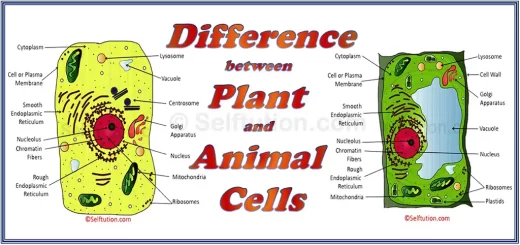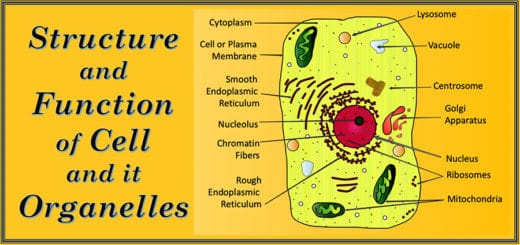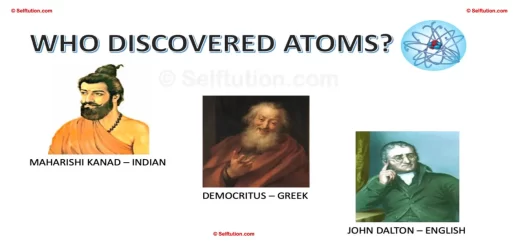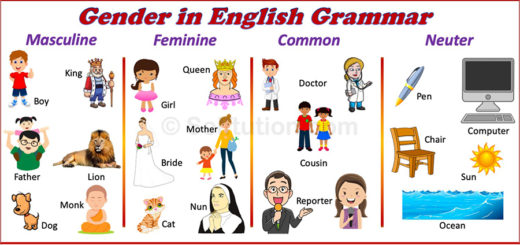Difference between Plant and Animal Cell
All living things, whether plants or animals, are composed of microscopic structures called cells. The basic structure of a cell is similar in all living organisms. However, there are some key differences between plant and animal cell.
Both plant and animal cells contain a cell membrane, cytoplasm, nucleus, endoplasmic reticulum, Golgi apparatus, mitochondria, ribosomes, and lysosomes.
However, there are structural and quantitative differences between plant and animal cells regarding these organelles.
Difference Between Plant and Animal Cells
The differences between plant and animal cells can be categorized into structural and quantitative.
Structural Differences:
Plant cells have a cell wall, chloroplasts, and a large central vacuole, while animal cells lack these but contain centrioles.
Quantitative Differences:
Plant cells have fewer, larger vacuoles, whereas animal cells have many small vacuoles. Mitochondria are more abundant in animal cells, and lysosomes are common in animals but rare in plant cells.
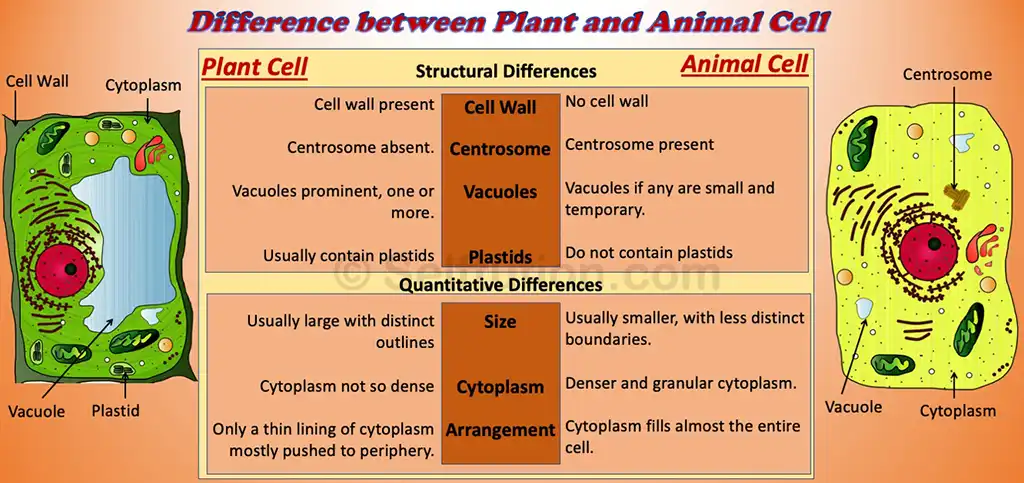
Difference between plant and animal cells in tabular form
STRUCTURAL DIFFERENCES BETWEEN PLANT AND ANIMAL CELL
- Cell Wall – Present in a plant cell but absent in an animal cell. The cell wall is an extra covering that surrounds the cell membrane of a plant cell. It is made of stiff, non-living material called cellulose. Unlike the cell membrane, it is freely permeable and allows all substances in solution form to pass through it. The cell wall provides rigidity and protection to the cell.
- Centrosome – Absent in a plant cell but present in animal cells. Animal cells possess a centrosome, a cell organelle that helps in cell division. It is a clear area of cytoplasm close to the nucleus from which spindle fibers develop during cell division both in mitosis and meiosis.
- Vacuole – Present in both plant and animal cells, but their structure varies. One of the most prominent differences between plant and animal cells is in the structure of vacuoles. Vacuoles are certain clear spaces in the cytoplasm. They contain water and various substances in the solution state. These bubble-like sacs are bounded by a single membrane called ‘Tonoplast’. Vacuoles in plant cells are larger in size and fewer in number. They occupy most of the space inside a plant cell and provide turgidity and rigidity to the cell. Vacuoles play an important role in the excretion and secretion of the cell. Whereas, in animal cells, vacuoles are absent; if present, they are smaller in size and more in number.
- Plastids – Present in a plant cell but absent in animal cells. Plastids manufacture and store food in plant cells. They occur in different shapes – oval, spherical, and disc-shaped. These are double-membrane organelle which has DNA and ribosomes. Therefore, like mitochondria, plastids are also semi-autonomous organelles.
QUANTITATIVE DIFFERENCES BETWEEN PLANT AND ANIMAL CELLS
- Size – Plant cells are usually large with distinct outlines, whereas animal cells are small with less distinct boundaries.

Structure of a Generalized Plant Cell showing various Organelles
- Cytoplasm – Animal cell cytoplasm is denser and granular in comparison to that of plant cells.
- Arrangement of Cytoplasm – In plant cells, there is a thin lining of cytoplasm mostly pushed to the periphery, whereas in animal cells, cytoplasm fills almost the entire cell.
Have you ever thought about why a plant cell has a cell wall and a chloroplast?
Imagine standing erect without bones or muscles. Also, can your body make its own food? But a green plant stands erect without having any bones and prepares its food.
A plant cell has special parts that make these things possible. It has a cell wall and chloroplasts. The cell wall stiffens the plant. The chloroplasts help it to make food.
Structure of generalized plant and animal cells….Selftution

